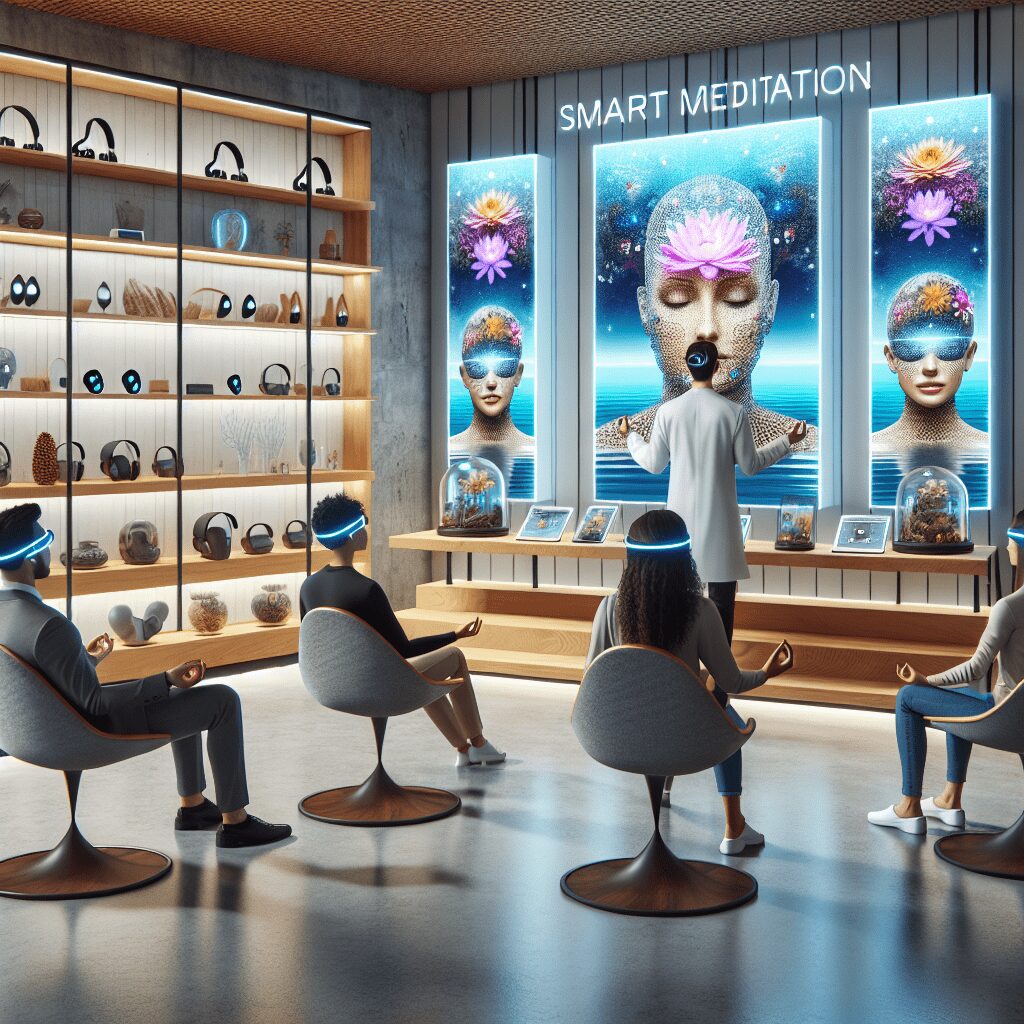
Prioritize your mental well-being daily. Enhance your life by nurturing your mental health with the Smart Meditation app. Break free from stress, alleviate anxiety, and enhance your sleep quality starting today.
Which Part Of The Health Triangle Deals With Managing Anxiety?
Unlocking the Secrets to Managing Anxiety Within the Health Triangle
In the quest for holistic well-being, understanding the Health Triangle is akin to finding the Rosetta Stone of personal health and wellness. But when it comes to managing anxiety, which corner of this triumvirate should we be zeroing in on? Is it the physical corner, with its focus on bodily health, the social angle that emphasizes our relationships, or the mental apex that pertains to our psychological well-being? Let’s dive deep and unravel this enigma.
Mental Health: The Apex of Anxiety Management
At the heart of tackling anxiety lies the mental component of the Health Triangle. It’s no rocket science; mental health is the fulcrum around which the management of anxiety pivots. But don’t get it twisted – while mental health takes the spotlight, the physical and social elements play their indispensable supporting roles.
The Mental Corner: A Deep Dive
Mental health, often overshadowed by its physical counterpart, is crucial in our daily lives, impacting our thoughts, behaviors, and emotions. It’s the commander-in-chief when it comes to managing stress, anxiety, and depression. Fostering a strong mental health foundation isn’t just about dodging the dark clouds of anxiety; it’s about building resilience that allows you to dance in the rain.
Tips for Strengthening the Mental Pillar:
- Mindfulness and Relaxation Techniques: Embracing practices such as meditation, yoga, or deep-breathing exercises can act as anchors in the tumultuous sea of anxiety.
- Journaling: Sometimes, penning down your thoughts and worries can lighten the mental load, making anxiety more manageable.
- Seek Professional Help: There’s no shame in the game of seeking help from a therapist or counselor. It’s a sign of strength, not weakness.
Supporting Actors: The Physical and Social Segments
Hold the phone though, because it ain’t all about mental health. The physical and social sectors of the Health Triangle play their part too!
Physical Health’s Role:
Physical activity is a powerhouse in its own right, known for its ability to reduce anxiety levels. Engaging in regular exercise releases feel-good hormones called endorphins, acting as natural painkillers and mood elevators. A balanced diet and adequate sleep are also part of this equation, ensuring that your body is in the best shape to combat anxiety.
Social Health’s Contribution:
Humans are social creatures by nature. A robust support system can provide a buffer against the shocks of anxiety. Building strong, positive relationships and feeling connected with others can significantly lighten the emotional load, offering both a distraction and a network of support.
And So…
At the end of the day, managing anxiety is about giving due diligence to the mental aspect of the Health Triangle while acknowledging the indispensable roles of the physical and social sides. It’s about synergy, not silos. By nurturing each segment, you’re not just managing anxiety; you’re paving the way for a fuller, more holistic sense of well-being. Remember, it’s the harmony between all three that transforms the cacophony of anxiety into a symphony of well-being. So, lace up those emotional and physical sneakers, and start walking towards a healthier, more balanced you.





